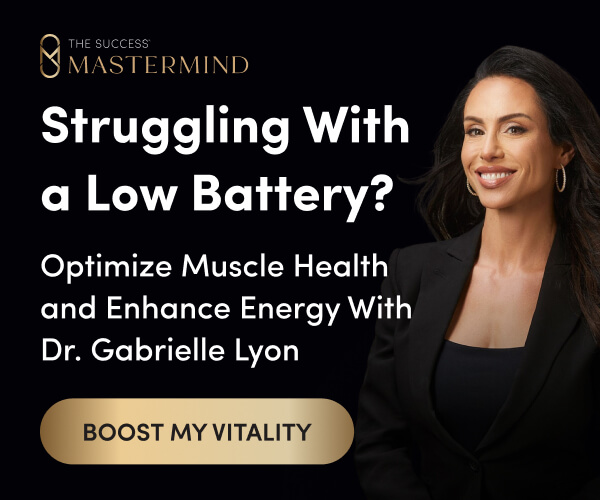Have you ever watched a great movie where the music built the scenes as much as the action and secretly wished you had a soundtrack for your life? After all, who couldn’t conquer the world with Beethoven’s Fifth Symphony playing in the background ?
And that’s exactly the idea behind Your Playlist Can Change Your Life: 10 Proven Ways Your Favorite Music Can Revolutionize Your Health, Memory, Organization, Alertness and More. The book explores the innate connection between music and mood and was written by a talented threesome: Dr. Galina Mindlin, an assistant professor of psychiatry at Columbia University and founder of Brain Music Therapy; Don DuRousseau, a neuroscientist and CEO of Human Bionics; and top-selling author Joseph Cardillo.
“Music allows you to harness the power of memory and imagery,” Mindlin says. “It can connect you with something you heard before.” She says when she’s having a bad day and feels in disarray, she plays a pleasing melody she can remember her grandmother humming when she was a child. She also uses music to inspire her to exercise harder, to concentrate better, to sleep more soundly and to calm her nerves.
And while you may be doing this to a certain extent already, Mindlin says you can train your brain to increasingly respond to the musical cues you give it, “the same way you train your muscles. The surprising thing is how simple it is!” She says you can improve your mood, performance, even your outlook on life just by figuring out how different types of music make you feel and creating playlists for everything from motivating you at work to helping you wind down at the end of a stressful day.
“People can act like their own doctors and prescribe their own music,” Mindlin says. But a little patience is required. Brain music therapy doesn’t offer the quick fix of anti-depressants, for example. “You have to learn to tailor the music to the mindset you’re in,” she says. “For some people, it’s a process. Others know instantly.”
How to Choose Your Playlists
Researchers have known for a long time that music has healing properties. It has been shown to reduce pain in breast cancer patients undergoing treatment and to minimize the symptoms of depression. You can use it in everyday life to relieve anxiety, improve your attitude and inspire creativity. But how do you build your personal playlist? Here’s a checklist from Your Playlist Can Change Your Life:
Pick songs you really like.
Pay attention to when a song works and when it doesn’t.
Train your memory. When you find a song works, keep playing it whenever you’re in that given situation.
Make playlists for different situations, like one for driving home from work and one for promoting good sleep.
Consider creating a playlist that builds to a climax to continually motivate you.
›› LOC.gov/Jukebox/Playlists
If you’re into songs of yore (or just yesteryear), the National Jukebox offers playlists compiled by Library of Congress curators, project partners and guest experts. Current playlists include themes like ragtime, Civil War music and songs by Irving Berlin.
›› Spotify.com
Millions of songs to choose from, all free. Yep, that’s Spotify. Create playlists for your PC, Mac, home audio system or mobile device. Share them with friends on Facebook or pick up new songs from their playlists. The music plays live so there are no downloads.




